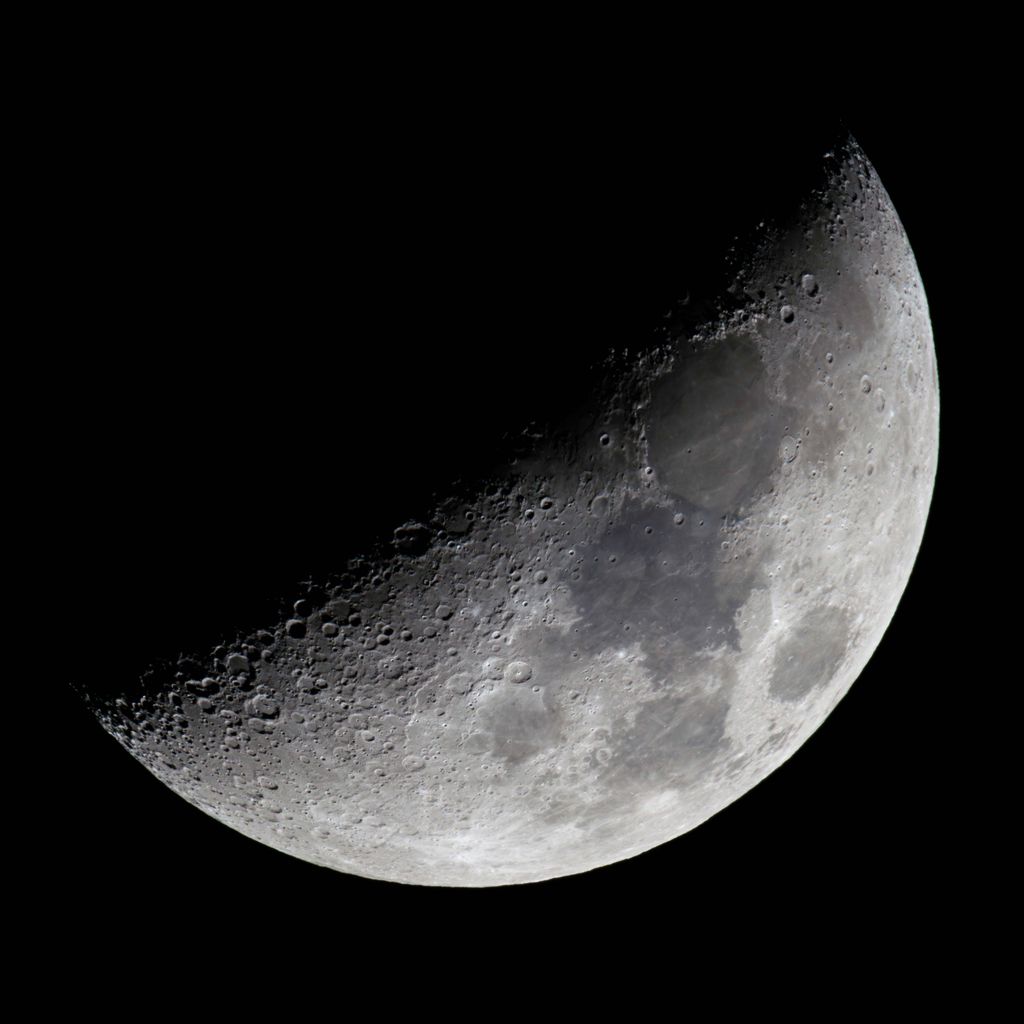Please feel free to let me know if this topic is in the wrong area... but I have the 9.25" EdgeHD. I have been using it for a few months now, primarily for visual work and just learning the scope and mount. In the time that I have had the scope, I have been using my Sony A7RV for photos of the moon and trying to take videos of Saturn and Jupiter.
I am wanting to get more into to planetary and solar photography, and maybe down the road when it is warmer outside, do DSO. I have done lunar photography with a mirrorless camera for years (since 2018), but I am always wanting to improve my moon photos.
When I ventured into this hobby, I was hoping to just be able to buy one camera for both planetary, solar, lunar, and DSO, but I have sorta gathered from Astronomy Tools, Cloudy Nights, Facebook and here, that is not exactly doable. As a result, I was leaning towards the ASI678 for planetary and solar photos, and getting the ASI174MM for my OAG. I had asked a similar question on a Celestron Facebook group, and someone suggested that I consider the ASI2600 DUO or the ASI2600-Air since I was just starting and did not have any equipment besides the optical tube. Their thought processes was, I would not have to buy an OAG separately with the ASI2600 DUO. Similarly, I would not have to buy both the ASIAir Plus/Mini and OAG if I purchased the ASI2600-Air. However, I am not sure that would really work in my case, given that I am wanting to start with planetary, solar, and lunar imaging... If I was starting with DSO, I think I would do either the ASI2600 DUO/AIR, as they recommended, but unfortunately, I am not.
I was looking at the Celestron .7x reducer or the Starizona SCT Corrector IV - 0.63X Reducer / Coma Corrector for my Sony camera to keep using in the meantime for lunar photography. I am aware there are issues with the Celestron reducer and the ZWO EAF. Buckeyestargazer does make a 3D printed bracket that works. I have run the Celestron .7x reducer and Hyperstar through Astronomy Tools, and they are different in focal lengths. The Celestron .7x reducer takes the focal length to 1645mm, whereas the Hyperstar takes it to 540mm. The Starizona SCT Corrector IV - 0.63X Reducer / Coma Corrector changes the focal length to 1525mm, and the focal ratio is f/6.5.
On cameras, monochrome or color? If I did MM, I was leaning towards doing 2" filters straightaway to futureproof myself.
So my questions are:
1) is there someway to use the ASI2600 DUO or ASI2600-AIR, which has the OAG built in or the OAG and Air built in, but still use the ASI678 at the same time for planets or solar photos so you don't have to buy a separate OAG?
2) Is there an advantage in using the Starizona Corrector over the Celestron one. I’ve been researching the Hyperstar, but I’m not sure if it’s worth investing in right now, especially if I’m primarily interested in planetary, solar, and lunar photography and plan to do DSO later. If anyone has any thoughts on whether I should change my mind, I’d love to hear them!
3) Does anyone have an experience with flip mirrors? I want to on occasion let the family or neighbors look at what I am seeing on the telescope, but also be able to flip the mirror and take photos. I have not seen a lot of people using them, so I did not know if this was a good or bad idea. I think Meade use to make a very well rated one, but sadly, they are no longer in business.
4) Can you recommend good 2" LRGB and SHO filters that won't break the bank but don't stink? I have seen poorer reviews on the ZWO LRGB filters, but the ZWO SHO filters seem to be rated ok...
5) I live in Bortle class 4, so light pollution is a bit of an issue, there are some bright street LED lights, but not super terrible. For the future, would the Optolong L-enhance be good option for light pollution filter? Or do I really need one? Reddit, Cloudy Nights and FB seem to have conflicting info for B4 and LP filters. Maybe an IR/UV Cut filter would be a better choice...
6) Does anyone have any other suggestions for cameras or gear that either be better or work better? I was torn between the ASI678 and ASI676, but I think the ASI678 has no amp glow.
Thank you for your time and any suggestions or ideas that you might have! The photo below was taken with my telescope and Sony camera on Saturday, December 7, 2024.



